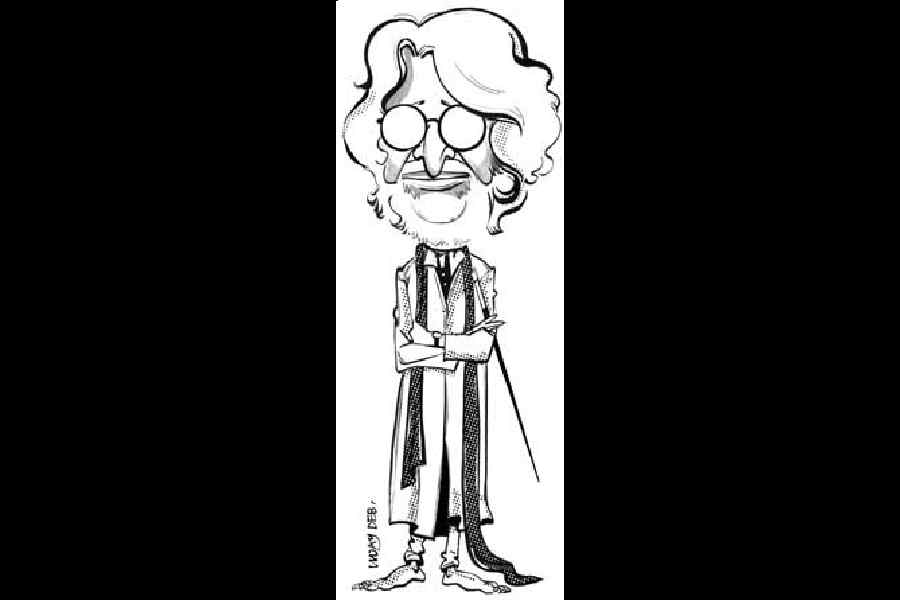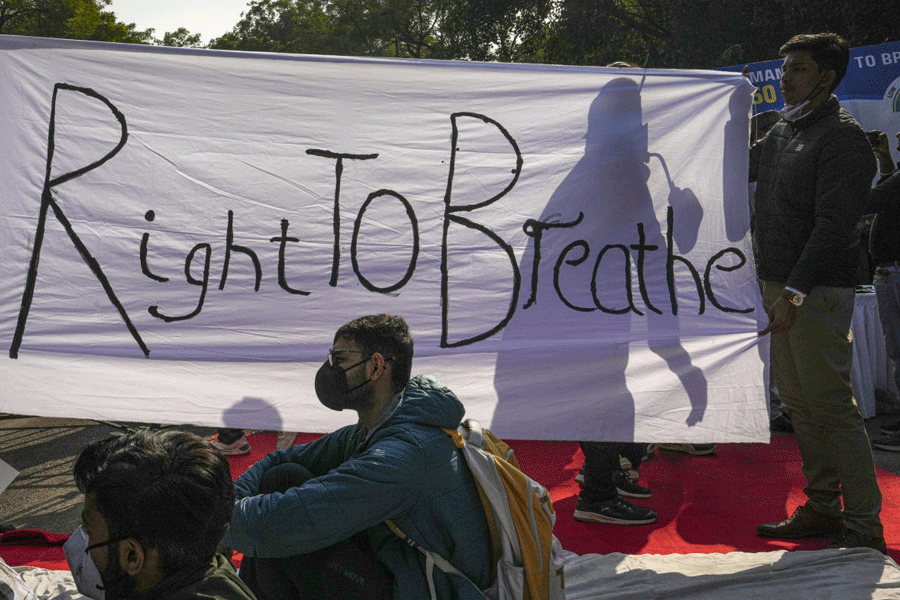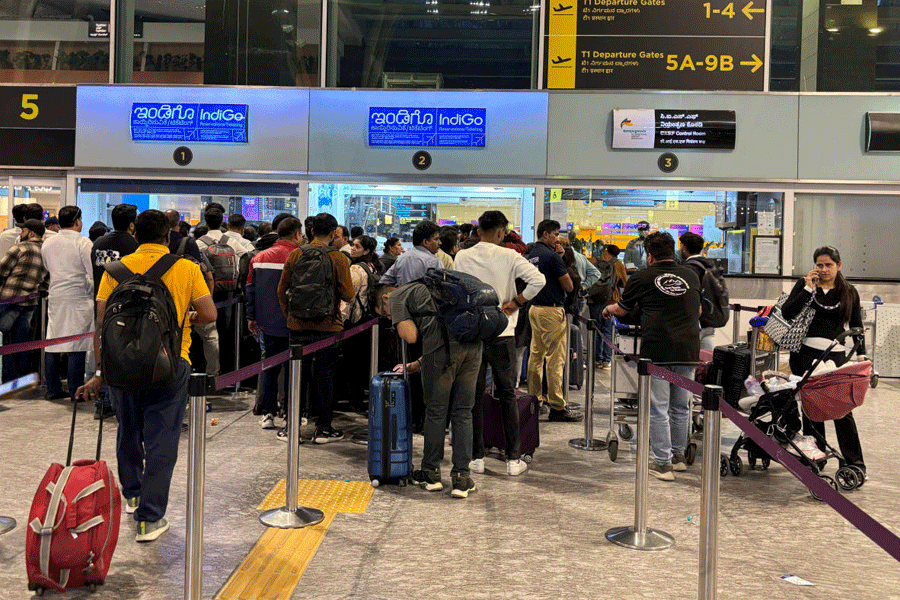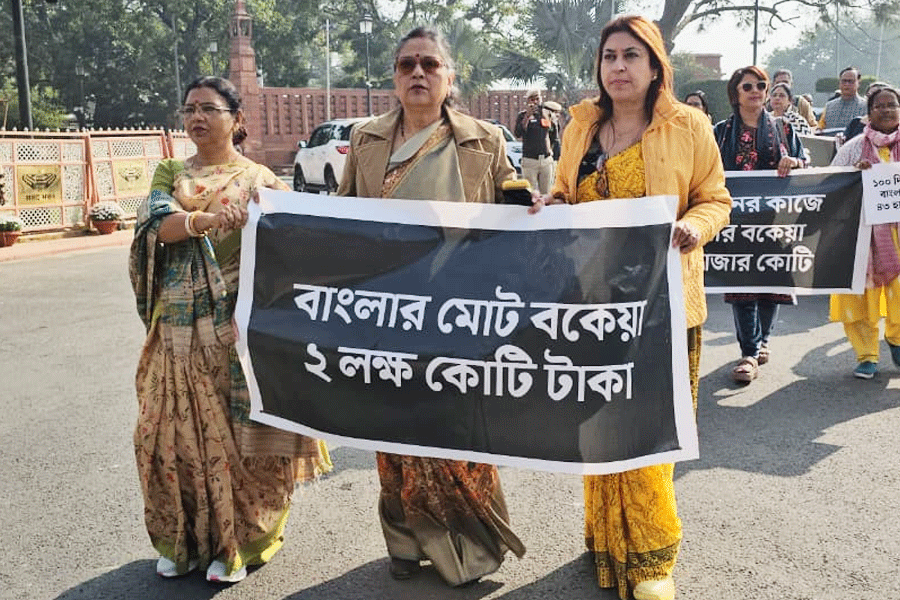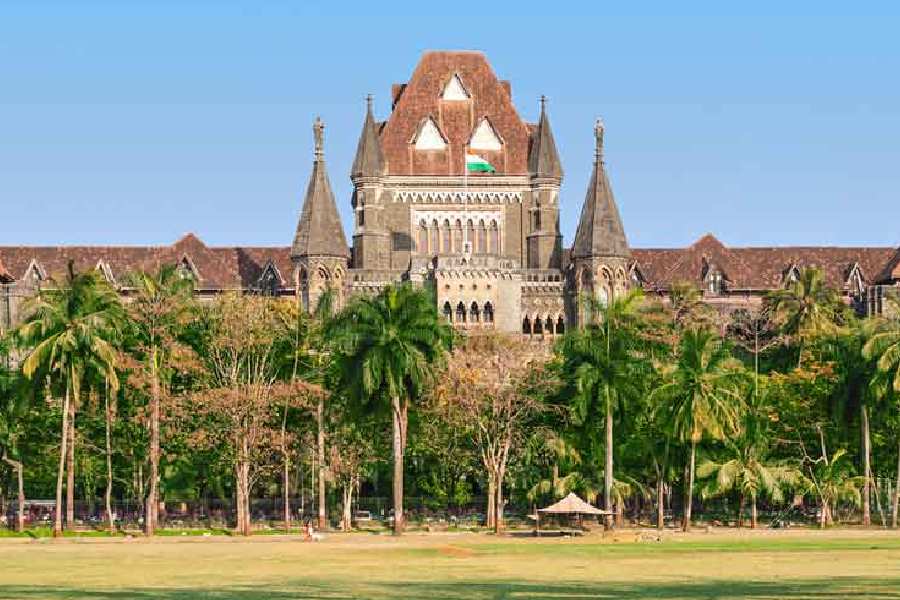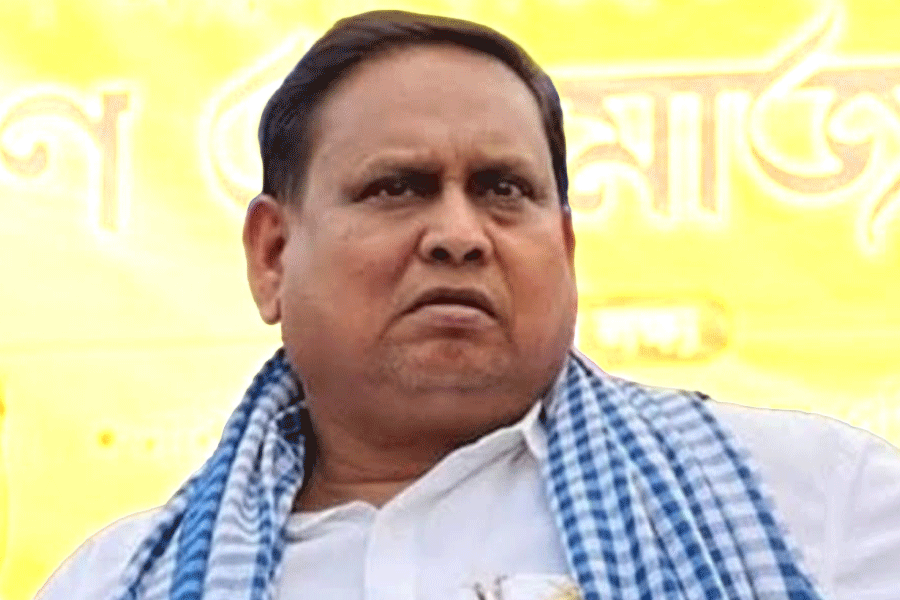Fourteen years have passed since the brush of Maqbool Fida Husain was stilled, yet the canvas of Indian art continues to resonate with his spirit. Tragically, this eminent son of the soil was forced to relinquish his Indian citizenship and accept Qatari nationality. It was a rare and reluctant choice, born not of disloyalty but of despair. The versatile artist was relentlessly hounded by certain Hindutva groups that accused him of insulting their faith. Over 900 cases were filed against him, most stemming from his provocative yet interpretive depictions of Hindu deities.
In 2001, I had a brief yet unforgettable encounter with the pyjama-kurta-clad, barefoot artist at Delhi’s India International Centre. A casual conversation that lasted barely a few minutes became a lifelong memory. Little did I know then that in December 2007, IIC would host an exhibition of his works in its art gallery and I would be entrusted with managing its logistics and overseeing the entire arrangement. What at first felt like a privilege soon turned into a source of deep anguish as I witnessed the vandalisation of his art.
As the Husain exhibition opened at the IIC Art Gallery, Hindutva activists’ threats poured in and intimidation escalated. What astonishes me to this day is how, in an era when social media was still in its infancy, someone from a protesting group nearly 1,200 kilometre away from Delhi managed to call me. He described in chilling detail the exact placement of specific paintings and demanded their immediate removal. Delhi Police, a large contingent of IIC staff, and strategically placed CCTV cameras were deployed to prevent any untoward incidents. Yet, despite all the precautions, a few activists managed to slip into the gallery on the concluding day, partially damaging a print. The police swiftly intervened, taking them into custody.
Yet, thanks to IIC leadership’s steadfast commitment, the exhibition remained as scheduled — and art triumphed over fear.
In February 2006, Husain faced charges for offending religious sentiments with his nude portrayals of Hindu deities. Yet his true admirers stood firm, hailing him as the revolutionary force who reshaped the nation’s cultural identity. Artists, curators, and gallerists universally agree that the barefooted explorer masterfully blended traditional Indian forms with modernist sensibilities, offering a vivid tribute to India’s rich cultural heritage. This was reaffirmed when a 1954 painting, Gram Yatra, sold for a staggering $13.8 million (over Rs 118 crore) at Christie’s in New York in March this year. The canvas celebrates the diversity and the dynamism of newly-independent India.
As democracy’s upholders, we had a duty to denounce the hate campaigns against Husain, reject those who fuelled them, and call out those who orchestrated them. Citizenship comes with rights — but also responsibilities: to question, to think critically, and to refuse to blindly consume propaganda. But we became anaesthetised, unable to distinguish between artistic expression and inflamed religious passions. The real threat lay not just in extremist groups that stoked hatred but in people like us for whom the lines between fact and fiction, truth and propaganda, became dangerously blurred. That is the greater danger for any society. Husain became a victim of this danger, a victim of the mean recontextualisation of India.
A pressing question remains: should belief be so brittle that a few paintings or commentaries can rattle its very foundation? Should sentiment be so fragile that it takes offence at artistic expression or individual viewpoints yet remains unmoved by deeper moral decay and broader violations of dharma? In a democracy, shielding extremists or validating radical views is indefensible. Protectionism must end, for unchecked fanaticism tears at the nation’s fabric and corrodes its soul.

